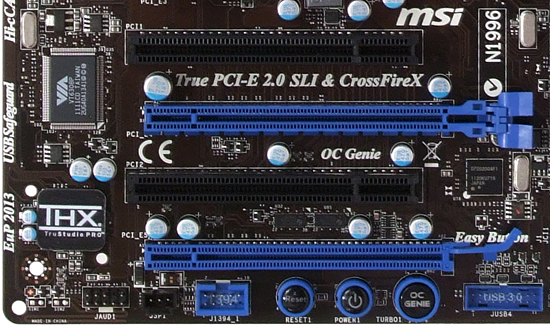Man Vs. Machine: Four Automatic Overclocking Techs, Compared
Targeting inexperienced tuners with easy-to-use buttons, several motherboard vendors now provide one-touch overclocking technologies that take away the guesswork. We examine the ease, effectiveness, and safety of methods provided by four major brands.
MSI OC Genie
We've heard one-touch overclocking and Easy Button used to refer to MSI’s OC Genie instant overclocking method. Rather than rely on a BIOS setting or software application, the Z68-GD80 provides a button that engages instant overclock mode.
The result is a 4.20 GHz clock rate, regardless of the number of active CPU cores, making this the most conservative approach tested thus far. Its 1.34 V CPU core setting is also conservative, additionally making this one of the safest automatic overclocks.
OC Genie is able to use our memory’s XMP values, however, jumping straight to the board’s DDR3-2133 ratio. A 99.8 MHz base clock produces an actual data rate of 2129 MT/s.
Get Tom's Hardware's best news and in-depth reviews, straight to your inbox.
Current page: MSI OC Genie
Prev Page Manual Overclocking And EasyTune6 Next Page Manual Overclocking And Control Center


